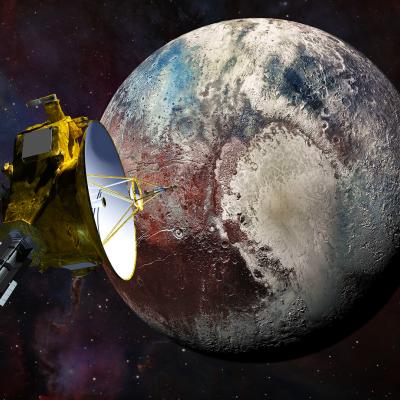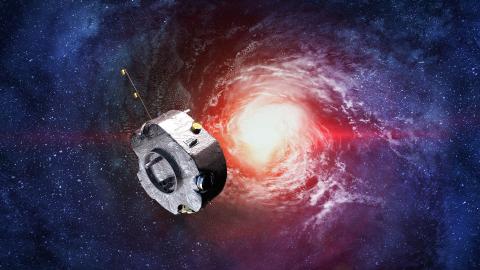There are two primary aspects to getting a spacecraft to its desired destination and achieving mission requirements: mission design; and guidance, navigation and control.
Mission design, sometimes called trajectory or path planning, involves designing the trajectory of the spacecraft to achieve the stated science requirements. For Earth-orbiting missions, that may involve an orbit with specific ground coverage. For an interplanetary mission, that might include calculating planetary flybys for gravity assists; planning a precise flyby of a planet, asteroid or comet; or designing the rendezvous sequence and subsequent tour of a planetary system, including a landing trajectory. In conjunction with this planning is the execution of spacecraft control to also meet science requirements. Navigation determines the spacecraft’s location, guidance determines where the spacecraft should go or where it should point based on trajectory and science requirements, and control involves sensing attitude (orientation) and commanding the spacecraft to achieve the desired results, whether that be executing a trajectory maneuver or executing a series of attitude changes to accomplish an imaging campaign. APL missions achieve great science because of our ability to plan and execute intricate trajectories and attitude profiles.






